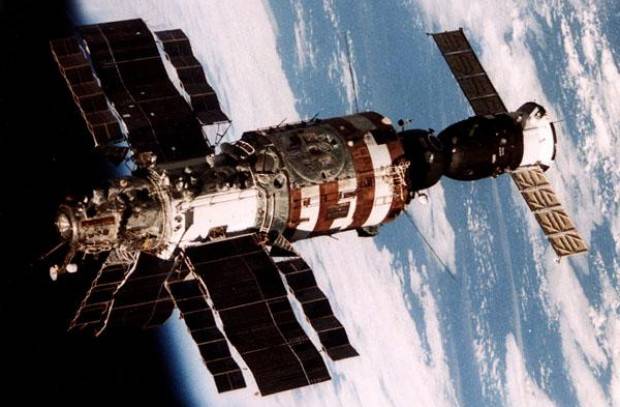Salyut 1
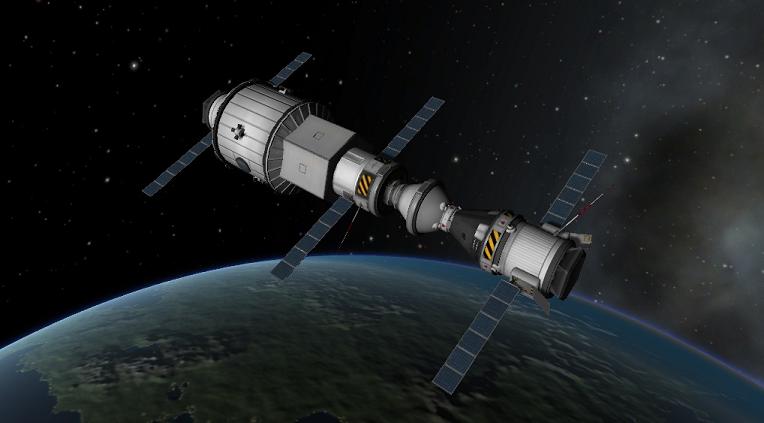
Salyut 1 was the first space station launched into low Earth orbit by the Soviet Union on April 19, 1971.
Salyut 1 originated as a modification of the military Almaz space station program then in development. The basic structure of Salyut 1 was adapted from the Almaz with a few modifications and would form the basis of all Soviet space stations through Mir.
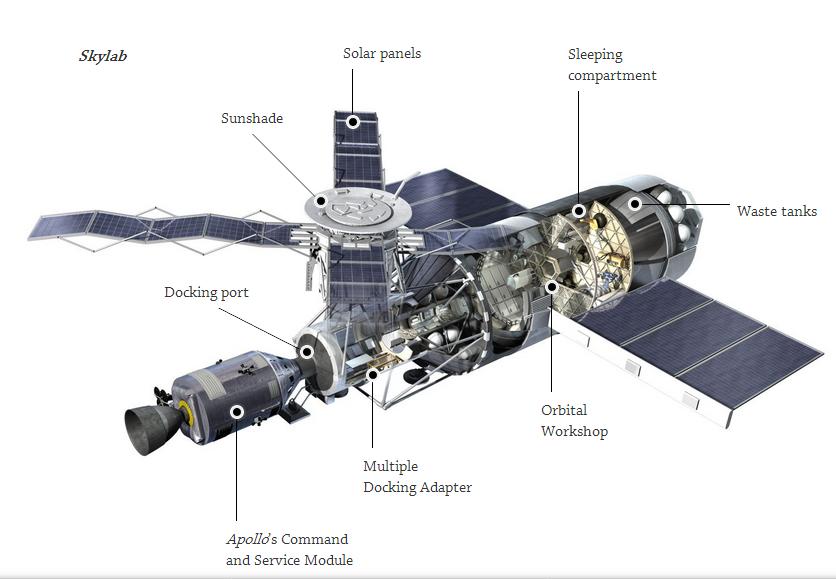
The craft was described as being 20 m in length, 4 m in maximum diameter, and 99 m3 in interior space with an on-orbit dry mass of 18,425 kg . Of its several compartments, three were pressurized , and two could be entered by the crew. Equipment aboard Salyut 1 included a telescope, spectrometer, electro-photometer, and television. The crew checked improved on-board spacecraft systems in different conditions of flight and conducted medico-biological research. The main instrument, a large solar telescope, was inoperative because its cover failed to jettison. Different scientific work in the areas of biology, astronomy and Earth observation were performed. There was enough ECS consumables, fuel, water, and food aboard for the station to continue in manned operation for two months.
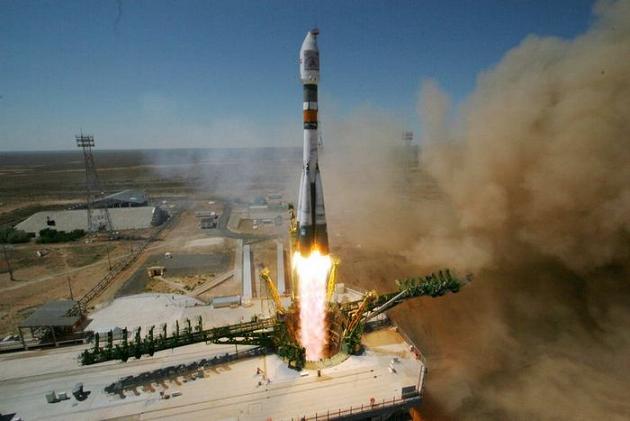
The Soyuz 11 launch proceeded without any difficulties. The first orbital correction in the set of rendezvous maneuvers to head for Salyut 1 was made on the fourth orbit.
Following a one-day solo flight Soyuz 11 docked with the space station Salyut 1 on June 07, 1971.
Aboard Soyuz 11, the Igla automatic rendezvous and docking system was switched on when the spacecraft was 7 km from Salyut 1. There was no manual intervention in the process; Georgi Dobrovolsky simply made reports to the ground of the rendezvous and docking system's progress. Docking itself took place out of tracking range. There was considerable suspense in mission control during the 90-minute wait until reacquisition. Before leaving radio contact, telemetry showed a signal that the docking mechanism had depressurized, which would have prevented the cosmonauts from opening the hatch and entering the space station. But when the station came back in view, it turned out that all went normally and the crew had already entered the station. The first crew of the station were Viktor Patsayev (top left), Georgi Dobrovolsky (left) and Vladislav Volkov (right).
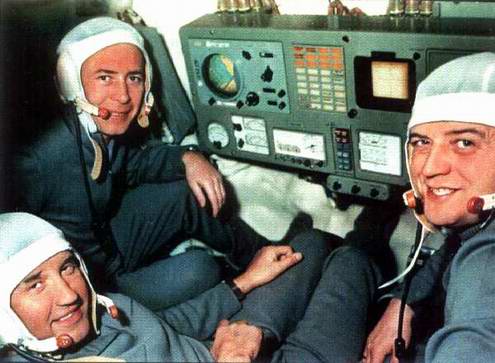
Viktor Patsayev entered first, turned on the air regenerator, and replaced two failed fans. The crew report said that the station atmosphere was unpleasant, with a strong burned smell. It will take 20 hours for all of the air in the station to cycle through the ECS scrubbers, so the crew is told to spend the first night aboard their Soyuz.
Salyut 1 was moved to a higher orbit in July–August 1971 to ensure that it would not be destroyed prematurely through orbital decay. In the meantime, Soyuz capsules were being substantially redesigned to allow pressure suits to be worn during launch, docking maneuvers, and re-entry. The Soyuz redesign effort took too long however, and by September, Salyut 1 was running out of fuel. It was decided to conclude the station's mission and on October 11, the main engines were fired for a deorbit maneuver. After 175 days, the world's first space station burned up over the Pacific Ocean.
After the Salyut 1 program followed successful launches of five more stations - Salyut 3, 4, 5, 6, 7. The program ended on February 7, 2991. Salyut 7 was the last space station of the Salyut Program, which was replaced by Mir.
